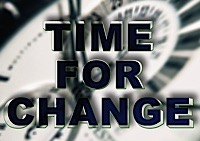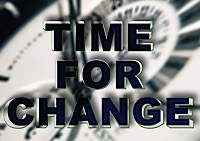
I heard a great phrase the other day: “he’s a 99% committer.” It was in the context of trying to get something to closure where I felt like someone had committed but it was ambiguous. The person ultimately committed and all was good, but there was some question about outcome for a few days. To be clear, I separate this from a process issue – where the person is on board personally but going through an internal process with a partnership, an investment committee, or a decision making group. Rather, I’m focusing on the person who is able to make a unilateral decision, gets 99% of the way there, and then leaves it a little open.
I pride myself on making quick and definitive decisions. However, when I reflected on this phrase, I realize that I’ve played out the 99% committer role a few times in the past year. In each case, I made things more difficult for everyone, including myself, but not simply taking the extra time and energy up front to get to 100%. In one case that I can think of I let things drag on at the 99% point for several months; in another it was only a few weeks. In both cases, I let plenty of extra anxiety build up on my end as I wasted time churning on the 99% decision rather than figuring out what I had to do to get to 100%, running things to ground, and being done one way or the other.





















